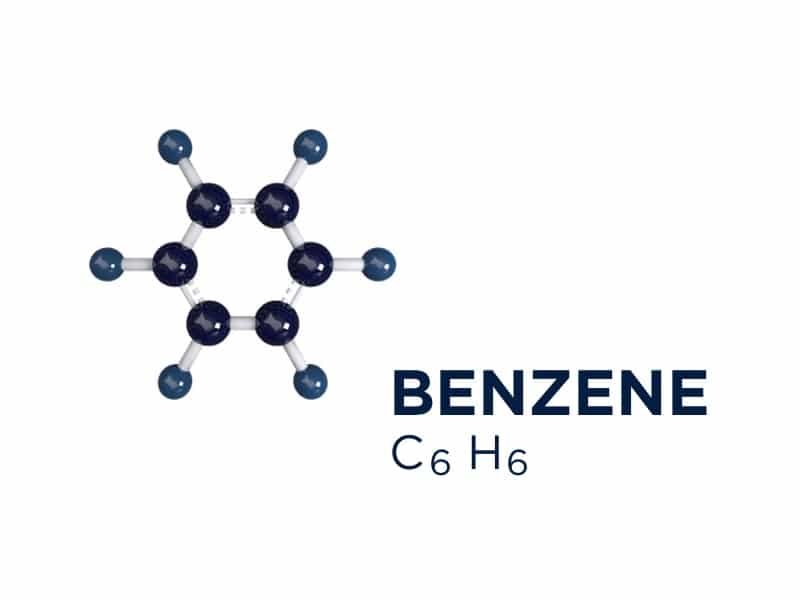
ION Science has published a new, FREE Guide; The Basics of Benzene
The Guide is the first in our series detailing everything you need to know about Benzene and how to effectively deal with this hazardous chemical within your working environment.
In this first Guide you will learn:
- What Benzene is
- The properties of a Benzene ring
- Where Benzene is used
- What the hazards of Benzene exposure are
- How Benzene can be detected
Download your FREE Benzene Guide today!
Whilst toxic gasses such as hydrogen sulphide and carbon monoxide are a major concern because they pose an immediate (acute) danger to life, long term exposure to relatively low level concentrations of other gasses or vapours such as volatile organic compounds (VOCs) are of equal importance because of the chronic illnesses that can result from that ongoing exposure. Thinking back to your school days and science, organic means the chemistry of carbon based compounds, which are substances that results from a combination of two or more different chemical elements. The atoms of the different elements are held together by chemical bonds that are difficult to break. These bonds form as a result of the sharing or exchange of electrons among the atoms. Some VOCs are hydrocarbons but not all hydrocarbons are VOCs. The latter have a significant vapour pressure at normal ambient temperature which means they evaporate (volatilise) at low temperatures so they can easily enter the body through normal breathing.







 United Kingdom
United Kingdom






